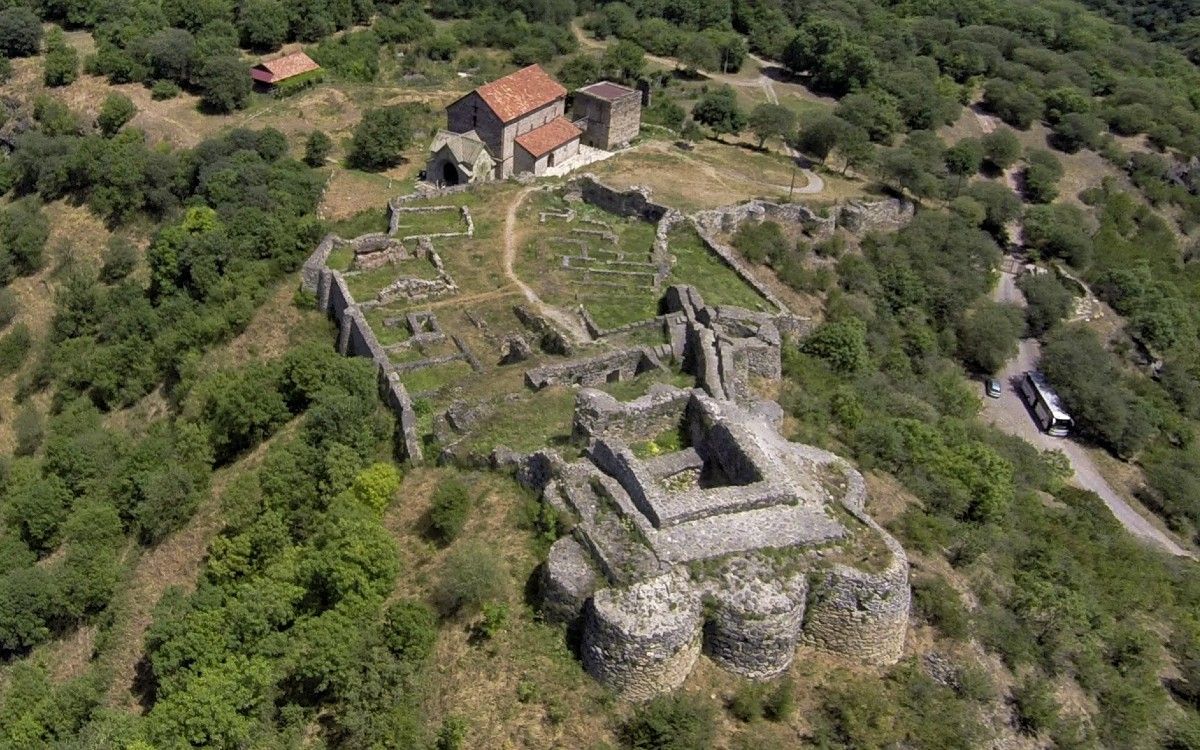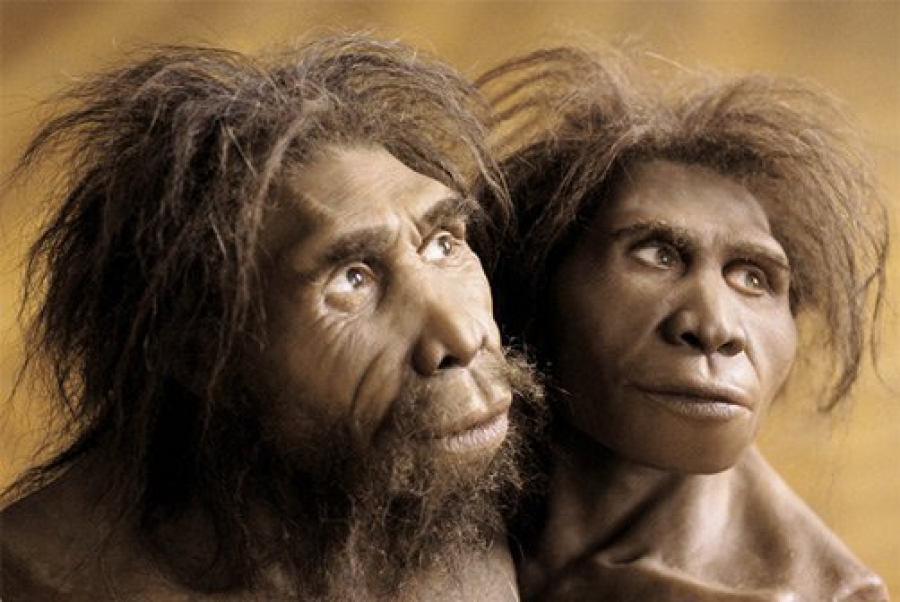Attractive Head Spurs Dispute on Human History

A recently uncovered head, some 1.8 million years of ages, has actually revived argument over the identification of mankind’s old forefathers. Discovered at the Dmanisi website in the Caucasus in Georgia, “Skull 5” stands for one of the most total jaw and also cranium from a transforming factor in very early human history.Researchers, led by Georgian National Gallery anthropologist David Lordkipanidze, initially discovered the total reduced jaw of a fossil human in 2000. The cranium showed up 5 years later on, at the fossil-rich Dmanisi website 96 miles southwest of Tbilisi, and also is currently being reported in the journal Scientific research.
“It was discovered on August 5, 2005—in fact, on my birthday,” Lordkipanidze claims. He includes that the fossil’s relevance was clear as quickly as the group saw it, yet needed 8 years of primary evaluation.
That is due to the fact that Head 5 is what paleoanthropologists frequently describe as a “mosaic,” or combination of attributes seen in earlier and also later on people. The head’s face, huge teeth, and also little mind dimension look like those of earlier fossil people, yet the comprehensive makeup of its braincase– which offers ideas to the circuitry of the mind– resembles that of an extra current very early human types called Homo erectus. This mix of attributes has actually sustained a long-running conversation over whether the Dmanisi people were a very early type of Homo erectus, an unique types called Homo georgicus, or another thing.

Dmanisi Fossil Chest
The recently explained head isn’t the just one that has actually been discovered at Dmanisi. A minimum of 5 reasonably total heads have actually been discovered there in the last 20 years. Those people might not have in fact lived along with each various other, yet obviously inhabited this very same location within a home window of a couple of thousand years greater than 1.75 million years earlier.
Lordkipanidze and also his coauthors recommend that, taken with each other, these heads show exactly how the Dmanisi people differed in look from one person to the following. “Together, our analyses suggest that Skull 5 and the other four early Homo [human] individuals from Dmanisi represent the full range of variation within a single species,” research elderly writer Christoph Zollikofer of Switzerland’s College of Zurich, claimed at an instruction on the brand-new head exploration.
Making use of morphometrics to assess head form for every fossil head, Lordkipanidze and also associates discovered that the Dmanisi people differed from each various other in face attributes and also mind dimension, for instance, concerning as long as modern-day people do from each various other. To put it simply, regardless of small distinctions, they all came from the very same types.
The solitary types discovering increases larger effects for the background of mankind. Scholars have actually formerly seen Dmanisi’s citizens as an unique variant of the human Homo erectus, or perhaps as a brand-new types. That would certainly make them very early emigrants out of Africa and also component of an extremely branching very early human family history.
In the brand-new research, nonetheless, Lordkipanidze and also coauthors recommend that Dmanisi’s citizens were in fact component of a solitary human family tree which contains numerous earlier human types lengthy idea of as distinctive from Homo erectus.
So, that were the very early people living at Dmanisi? Lordkipanidze and also associates position them in a solitary family tree of very early people that might extend back as for 2.4 million years earlier in East Africa, when the initial human types, Homo habilis, developed. This would certainly swelling the different human types that have actually been called throughout very early Homo background right into a solitary progressing types linking Homo habilis to the Dmanisi people, and also onward in time to Homo erectus as it increased throughout Eurasia. “We think that many African fossils can be lumped in this category and aligned with the single-lineage hypothesis,” Lordkipanidze claims.
While various other paleontologists acknowledge the fossilized charm of Head 5, not every person settles on the transformative assertions of the brand-new paper.
“There’s no doubt that this is an interesting cranium,” claims paleoanthropologist Bernard Timber of George Washington College in D.C. “It’s a good playing card, added to some other playing cards that are equally good.”
Anthropologist Fred Spoor of Germany’s Max Planck Institute for Evolutionary Sociology concurs that Head 5 is “an absolutely fabulous specimen.” He claims the head will certainly aid scientists “figure out what’s going on with the really early evolution of Homo erectus.”
Yet both Timber and also Spoor differ with the “one big species” message of the brand-new research.
The technique made use of in the brand-new research, Timber claims, can cover genuine distinctions in between types, given that the emphasis got on cranial form as opposed to warning physiological attributes such as little openings on the head for capillary or the fragile bony makeup of the braincase.
Also, “species are identified by a clear diagnosis,” Spoor claims, based upon distinctive physiological attributes, and also making use of such a form evaluation to figure out types “is clearly not adequate,” in his sight.
Do Not “Bring the Whole Bloody House Down”
Timber likewise explains that the research is totally concentrated on heads. “They are assuming that the only reason that people have come to the conclusion that there was more than one species of early Homo is that it’s based entirely on cranial shape, and that’s not true,” Timber claims.
The remainder of the skeletal system in various other very early human types brings differentiating qualities made use of to determine distinctive types, such as reasonably lengthy arms still adjusted for climbing up in Homo habilis. “It doesn’t make any sense to pretend that these pieces of evidence don’t exist,” Timber claims. While he recognizes that the Dmanisi people are all most likely the very same types and also can be hard to classify as Homo erectus or a different types, he says that it’s unreasonable to “bring the whole bloody house down” by abiding all very early human fossils right into a solitary family tree.
Dmanisi Dispute Just a Launching?
So where does that leave the single citizens of Dmanisi? According to Spoor, their grab bag of head attributes puts them near an old split in human development.
The Dmanisi people have “an interesting combination of a primitive face, primitive teeth, primitive size of the brain,” Spoor claims, “but if I would take a saw and cut off the face and show the braincase to a colleague, I’m pretty sure that person would say, ‘That’s Homo erectus.'”
The mix of attributes seen in the Dmanisi heads is a document of “evolution in action,” Spoor includes. They could position the Dmanisi people someplace after the split in between the earlier Homo habilis and also Homo erectus, at some time before 1.8 million years earlier.
Dispute will certainly proceed concerning that the Dmanisi people truly were and also exactly how they match our more comprehensive household background. Those disagreements will certainly rest on what is still being discovered.“Dmanisi is a snapshot in time, like a time capsule,” Lordkipanidze claimed at the rundown. He recommends that his exploration group isn’t done yet, and also much more very early human fossil locates might exist in advance: “We can say for sure that Dmanisi has enormous potential to yield new discoveries.”





Leave a Reply
You must be logged in to post a comment.